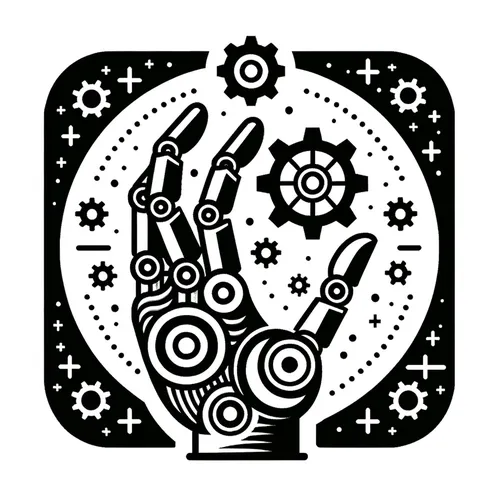Robots Flex Muscles: AI Infused, Task Switching Marvels Steal the Show at Automatica 2025!
- Author
- Quiet. Please
- Published
- Wed 09 Jul 2025
- Episode Link
- https://www.spreaker.com/episode/robots-flex-muscles-ai-infused-task-switching-marvels-steal-the-show-at-automatica-2025--66910509
This is you Robotics Industry Insider: AI & Automation News podcast.
Industrial robotics and automation are surging forward with breakthroughs that promise to reshape manufacturing, logistics, and beyond. June and July 2025 have seen some impressive launches, especially at Automatica 2025 in Munich, where ABB Robotics introduced three new heavy-duty industrial robot arms—the IRB 6730S, 6750S, and 6760—each capable of handling payloads up to 350 kilograms and designed for demanding applications like automotive spot welding and injection molding. ABB also rolled out the Flexley Mover P603, a compact autonomous mobile robot using Visual SLAM navigation to move loads up to 1,500 kilograms with precise accuracy. ABB’s robotics chief, Marc Segura, underscored a defining theme for this year: versatility, with robots now combining mobility, dexterity, advanced vision, and artificial intelligence to switch seamlessly between tasks on the fly. These advancements are rapidly expanding what is possible for both traditional industrial and collaborative robots.
The global industrial automation market is on a remarkable growth trajectory, valued at about 256 billion dollars in 2025 and expected to more than double to over 569 billion dollars by 2034. This momentum is powered by the march of AI, which is not only enabling robots to work faster and more precisely but also allowing them to analyze massive data streams, predict equipment failures, and optimize workflows with minimal human intervention. This has elevated automation from an efficiency tool to a strategic imperative, particularly as companies face rising labor costs and skilled worker shortages. Across sectors— from factory floors to healthcare and logistics—AI-powered robotics are helping organizations slash downtime, improve quality, and head off disruptions before they ripple through operations.
In recent industry news, major players are betting big on the future. OpenAI just revealed that GPT-5, its next flagship AI model, will blend reasoning, multimodality, and long-context understanding, a move poised to push the versatility of industrial AI even further. Meanwhile, Meta’s nearly 15 billion dollar investment in AI infrastructure is fueling debates about industry saturation but also illustrates the scale of commitment driving innovation. Despite some recent soft spots—Samsung reports a 39 percent drop in profits linked to weak AI chip demand—the market consensus remains optimistic due to the relentless push for automation and efficiency.
For listeners looking to stay ahead, the key takeaway is clear: successful automation strategies will blend advanced robotics with AI to create flexible, data-driven operations. Companies should watch emerging “intelligent automation” platforms that unify RPA and AI for both routine and complex tasks. Early adopters are gaining sharper competitive advantages, higher productivity, and safer work environments. Looking toward the future, ongoing advances in AI models and versatile robotics will push the boundaries even further, promising new applications and a continued transformation of how the world works.
Thanks for tuning in to Robotics Industry Insider: AI and Automation News. Come back next week for more insight into the technologies that are driving industry forward. This has been a Quiet Please production. For me, check out Quiet Please Dot A I.
For more http://www.quietplease.ai
Get the best deals https://amzn.to/3ODvOta
